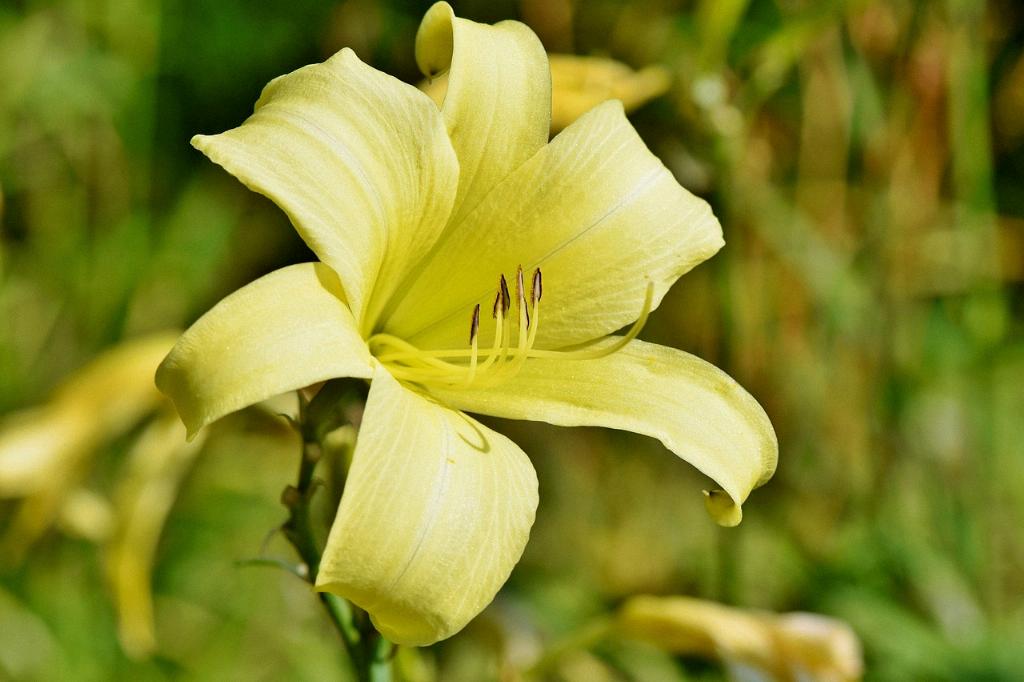When it comes to preparing your Calla Lilies for a vase, there are some essential steps to follow to ensure that they remain fresh and beautiful for as long as possible. First and foremost, it is crucial to approach the cutting process with care and precision to maximize the longevity of your blooms.
Begin by selecting a sharp knife or pair of scissors to cut the stem of the Calla Lily. It is important to use a clean cutting tool to prevent any bacteria from entering the stem and causing premature wilting. Remember to cut the stem at a sharp angle rather than straight across. This angled cut increases the surface area for water absorption and allows the flower to stay hydrated more effectively.
Position the knife at a 45-degree angle and slice through the stem in one quick motion. This technique not only helps in creating a larger entry point for water but also prevents any crushing or damage to the stem that could hinder the flower’s ability to absorb nutrients. Be sure to cut the stem underwater if possible to maintain hydration and prevent air bubbles from forming in the vascular system of the plant.
Once you have made a clean, angled cut, place your Calla Lily in a vase filled with fresh, clean water. The optimal water temperature for cut flowers is lukewarm or room temperature, as this helps the stem to draw water more efficiently. Ensure that no leaves are submerged in the water, as this can lead to bacterial growth and hasten the decay of the flower.
Change the water in the vase every two to three days to prevent the buildup of bacteria and ensure that your Calla Lilies remain fresh. Before adding fresh water, trim the stems of the flowers by about an inch using the same angled cutting technique. This step helps to remove any blockages that may have formed at the base of the stem, allowing for better water uptake.
Place your vase of freshly cut Calla Lilies in a cool, well-ventilated area away from direct sunlight and drafts. Exposure to sunlight and heat can cause the flowers to wilt prematurely, while drafts can lead to dehydration. By following these simple care instructions, you can enjoy your beautiful Calla Lilies for an extended period.
Remember not to overcrowd the vase with too many Calla Lilies, as this can inhibit airflow and lead to the buildup of ethylene gas, which accelerates the aging process of the flowers. It is best to display your Calla Lilies in a vase that allows each stem to have adequate space to breathe and bloom freely.
If you wish to extend the lifespan of your Calla Lilies even further, consider adding a floral preservative to the vase water. These commercial products contain nutrients and antibacterial agents that help to nourish the flowers and inhibit the growth of bacteria, ultimately prolonging the freshness of your blooms.
While it may be tempting to trim the leaves of your Calla Lilies, it is best to leave them intact as they play a crucial role in the plant’s ability to photosynthesize and stay healthy. Instead, remove any foliage that falls below the waterline in the vase to prevent contamination and keep the water clean and clear.
As your Calla Lilies start to fade and wilt, gently remove them from the vase to prevent the spread of bacteria to the remaining blooms. By regularly pruning faded flowers and replenishing the vase water, you can maintain a fresh and vibrant display of Calla Lilies for an extended period.
In conclusion, cutting Calla Lilies for a vase requires attention to detail and a few simple yet effective techniques to ensure the longevity and beauty of your flowers. By following these steps carefully and providing the necessary care, you can enjoy the elegance and grace of Calla Lilies in your home for days to come.

